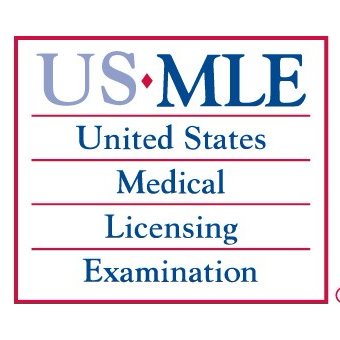On January 26th 2021, the National Board of Medical Examiners took to their Twitter page (@TheNBME) and announced that the Step 2 CS exam would be effectively cancelled permanently. The Tweet mentioned that abolishing this exam would allow students and professors to spend more time with their patients, and that other measures would be employed to determine clinical competency instead of taking a practical exam. A reasonable, practical statement from an organization that is known for choosing it’s words very carefully.
And #medtwitter went absolutely crazy.

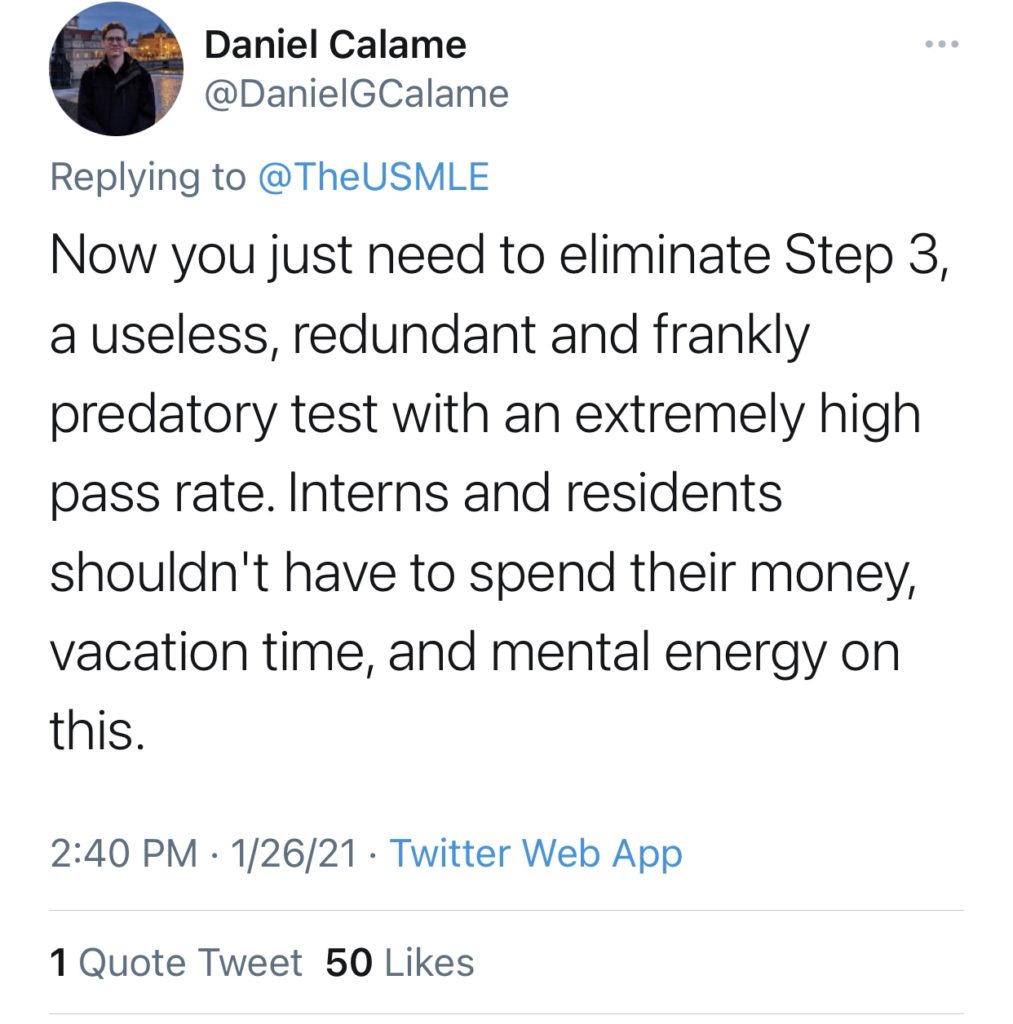
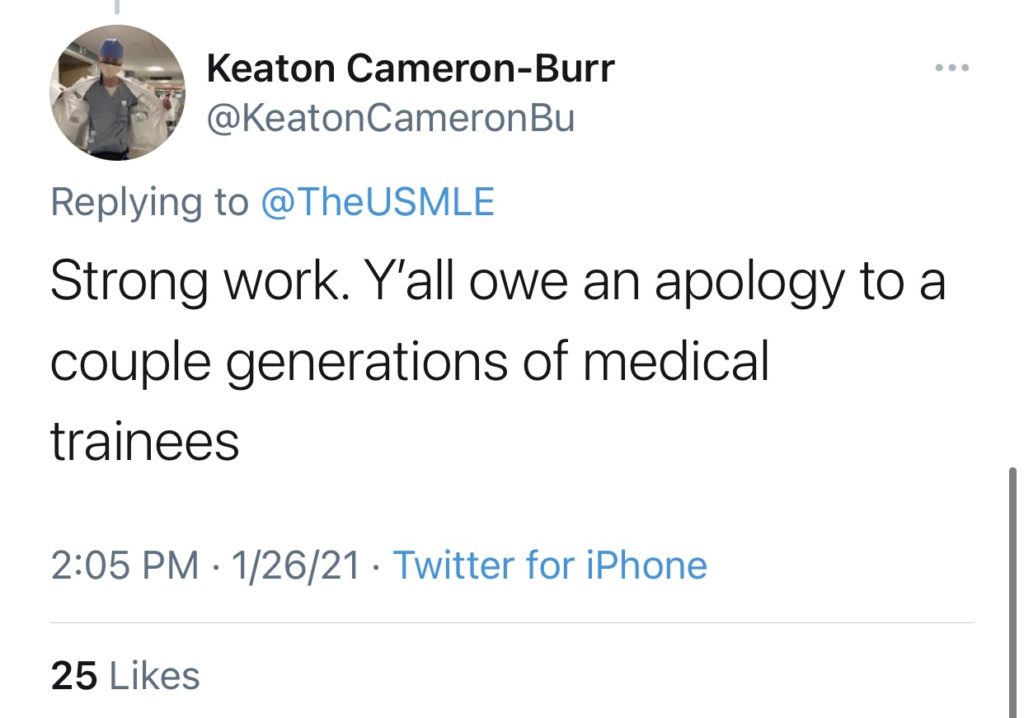
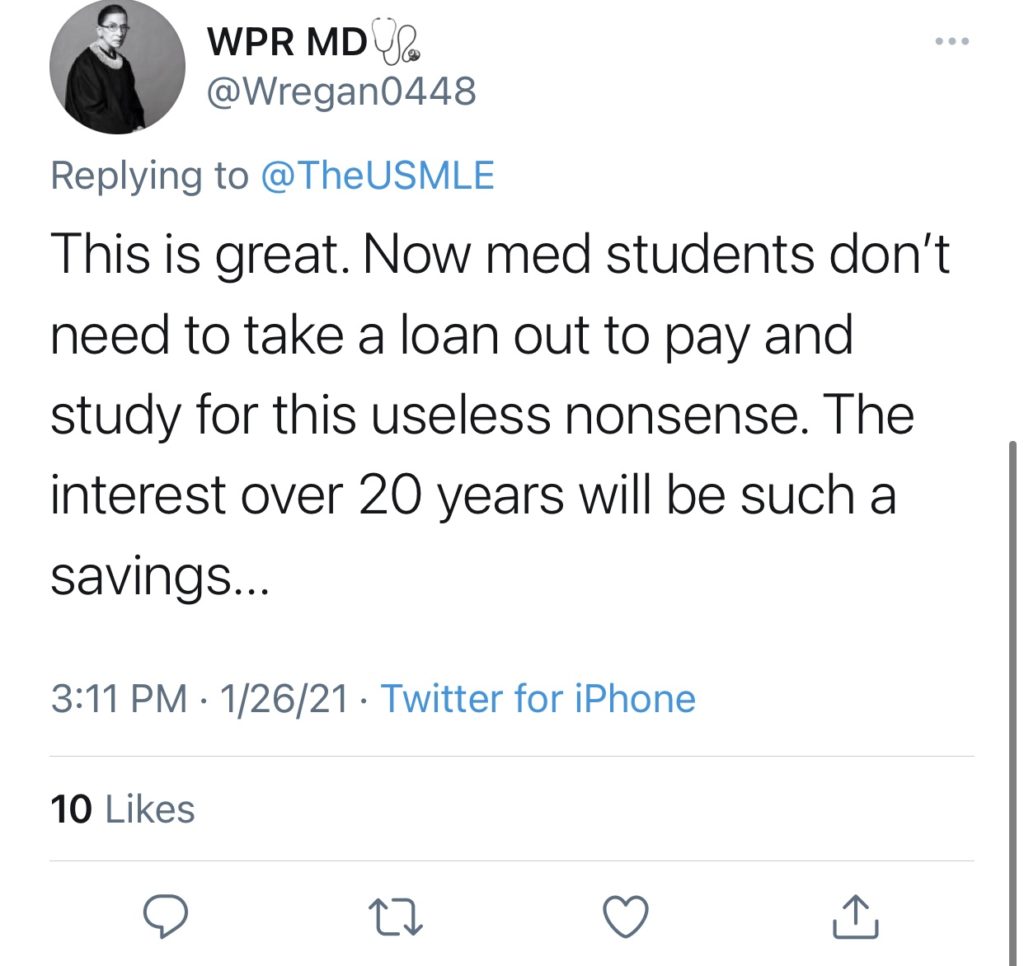
(Seriously, if you don’t follow @drglaucomflecken, get on it. His opinions on medical society are top notch.)
See, the concern stems from Step 2 CS being introduced in 2004 as a way to allow students to show how much they learned in medical school about assessing live patients. Naturally, as they so often do, schools began teaching students how to pass the exam, and not necessarily how to assess patients. These assessments, much like the NREMT assessment sheets for EMTs and Paramedics, include was boils down to a checklist of things to say and do. Make sure your hair is combed and tied back in a neat ponytail. Nails must be trimmed. No jewelry should be worn. Men must wear ties. Did you ask the patient if the temperature of the room is comfortable for them?
Note that none of these things actually happen when you visit a doctor’s office, not explicitly anyway. But that’s not the point of this writing. We’ll get to that another day. No, Step 2 CS is meant to show that you know how to assess a patient that will present a perfectly written (read: canned) scenario that is a classical presentation of an illness. Once the patient has answered all of your questions (that you memorized from a script), you should be able to clearly determine the patient’s illness. Just like how it works in real life, right?
Since Step 2 CS was introduced into the vast amounts of testing that medical students are given before being licensed, it was immediately met with resistance. The NBME had decided that they would re-evaluate the usefulness of the Step exams by creating a committee to look at their own data and determine a better way forward in assessing medical students. This committee determined that “the assessment of clinical skills remain a component of USMLE but that USMLE consider ways to further enhance the testing methods currently used, in order to address additional skills important to medical practice.”[1] Surely, this is not the part of the test that students and faculty objected to, but this was the point that was made, and also presumably the justification for maintaining the exam.
Then in 2013, The New England Journal of Medicine published a paper that calculated the annual cost of the exam to be $36 million, and that the cost of finding a student who failed on consecutive attempts was $1.1 million. To be clear, these costs were sent directly to the NBME, a fact which caused some to claim that Step 2 CS was little more than a money making scheme.
This is a good time to mention that Step 2 CS is not an exam that can be taken anywhere. There are only 5 testing centers in the United States, and as of the writing of this will cost each student between $1300-$1500 just to sit for the exam, depending on what school and country the student is from. This price does not include travel and lodging for the student. This price tag associated with an exam that has a very high pass rate made the exam seem arbitrary, and led many to question the need for the exam yet again.

Enter Harvard in 2016. Our intrepid heroes at Harvard med took to the internet to establish endstep2cs.com (the link isn’t broken, the website has been taken down) This website served as a petition to do exactly what the website says it will do. The petition collected 20,000 signatures. Veritas, indeed.
So now what happens? The simple answer is: we don’t know. This announcement only came out today and there’s not a lot of supplemental material to go along with it. The NBME is also famously tight-lipped about future plans. However, I can say this: US students should not be affected by this change. The requirements for medical licensure in the United States require that you pass all Step exams, and if there is one less Step exam, you obviously should have no issue. International students, like myself, should also not have any further problems getting licensed. I assure that I write this with no advanced knowledge of the testing, or what evidence was presented. However I cannot see a scenario that doesn’t take international students into account.
This is a change for the better. Overall, we have to look at the big picture, and we know that practical exams can have biased proctors. Everyone that has gone through an EMT course has seen an instructor or proctor that’s just not having a good day. This can negatively affect grades, and for an exam of this magnitude, that is unacceptable. We have to move on as a profession, and part of that is accepting that the way we have been testing students is not the best way to train our physicians.
Ed Bauter is a second year medical student and host of The Overrun Podcast and MedSchoolMedic podcast. He has worked as a paramedic since 2008 and as an EMS instructor since 2009.
USMLE logo obtained from @TheUSMLE on Twitter. USMLE website can be found here.
[1] United States Medical Licensing Exam https://www.usmle.org/cru/
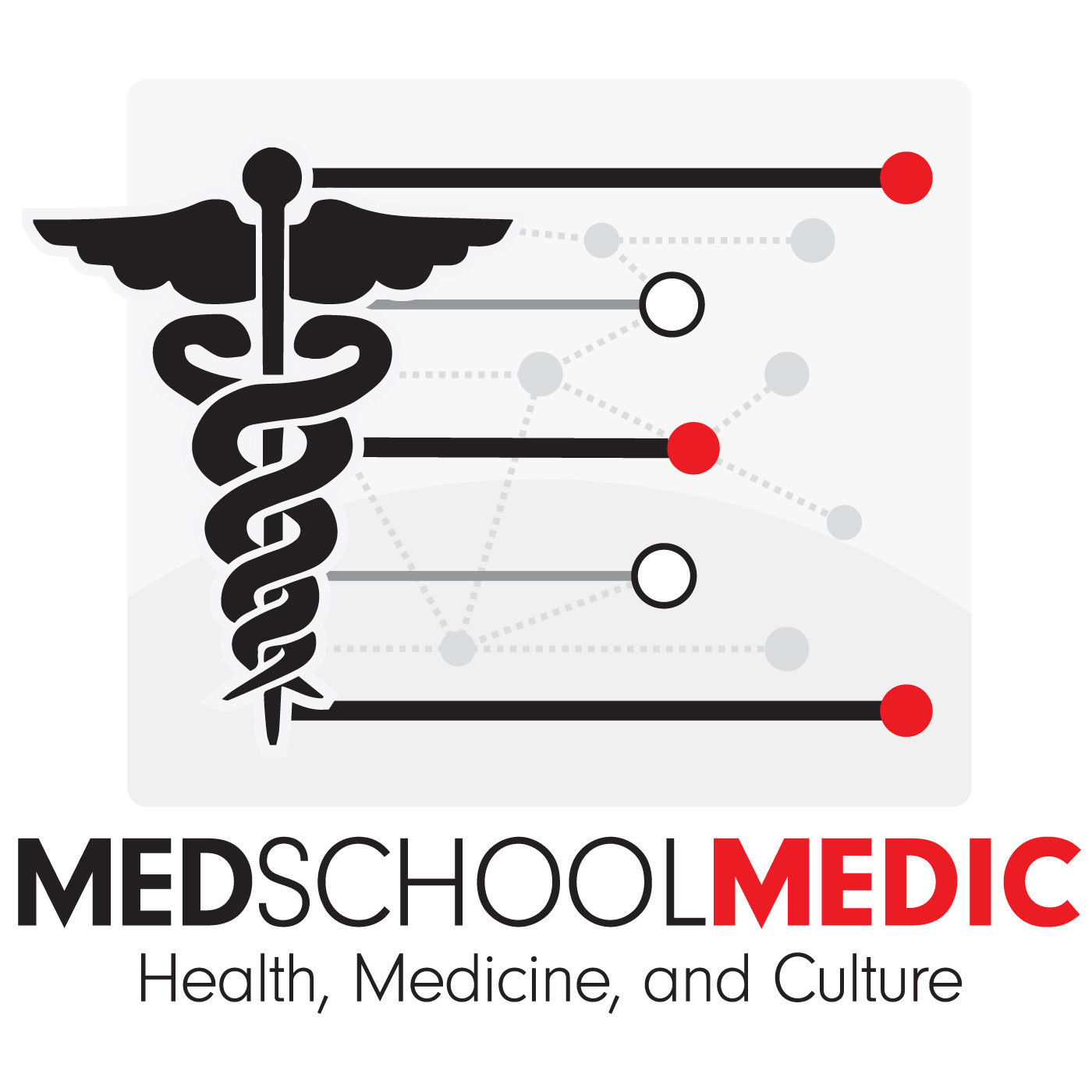
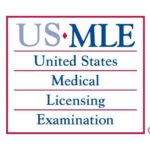 NBME Cancels Step 2 CS, medical students rejoice.
NBME Cancels Step 2 CS, medical students rejoice.  The Do-Nothing Break
The Do-Nothing Break  Episode 22- Dr. Jessica Molokie
Episode 22- Dr. Jessica Molokie 